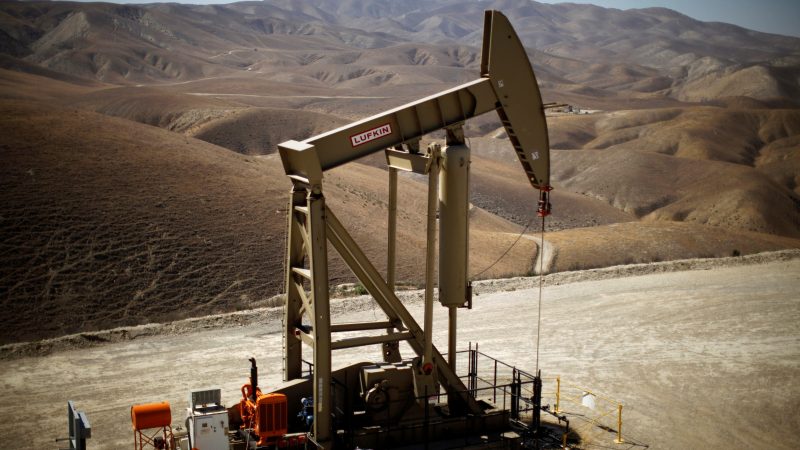SULAIMANI (ESTA) — Oil prices fell on Friday as more supply came back online in the U.S. Gulf of Mexico following two hurricanes, but both benchmark contracts were on track for weekly gains of more than 3% as recovery in output is seen lagging demand.
Brent crude futures fell 31 cents to $75.36 a barrel at 0726 GMT, erasing Thursday’s 21 cent gain.
U.S. West Texas Intermediate (WTI) crude futures were down 40 cents at $72.21 a barrel, after settling unchanged in the previous session.
“Oil prices are slightly softer as offshore U.S. production continues to slowly return, and as return to normal across large parts of Asia hit some road bumps, and as some countries still struggle to contain the delta variant (of the coronavirus) spread,” said Edward Moya, senior market analyst at OANDA.
Both contracts were on course to add more than 3% for the week as output in the U.S. Gulf of Mexico has recovered more slowly than expected after Hurricane Ida damaged facilities in August and tropical storm Nicholas hit this week.
“Crude prices are having another good week despite broad weakness across commodities that stemmed from a resilient U.S. dollar,” said Moya.
The dollar climbed to a three-week high on Friday, making dollar-traded crude imports more expensive for countries using other currencies.
As of Thursday, about 28% of U.S. Gulf of Mexico crude production remained offline, two-and-a-half weeks after Hurricane Ida hit.
“It’s still taking longer than people thought in terms of that coming back. That’s been a supportive factor in the market,” Commonwealth Bank commodities analyst Vivek Dhar said.
“We’re going to go into more (supply) deficit conditions – that certainly seems to be the view.”
Preliminary data from the U.S. Energy Information Administration showed U.S. crude exports in September have slipped to between 2.34 million bpd and 2.62 million bpd from 3 million bpd in late August.
Dhar also pointed to data from the International Energy Agency this week showing OECD oil inventories falling to a low in November, as an indication that the recovery in fuel demand is expected to outpace supply.
(Esta Media Network/Reuters)












